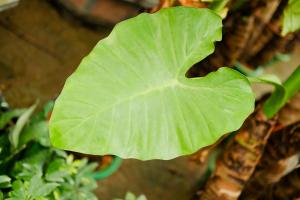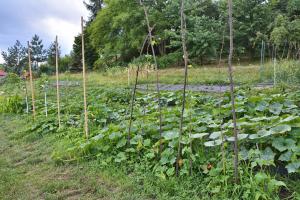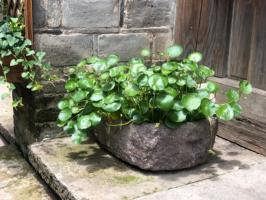Introduction
A water purification plant is essential for providing clean and safe drinking water to communities. It works by removing all contaminants and pollutants from the water before it is released to the public water supply. One of the significant concerns for designing a water purification plant is the land area required to set up such a facility. In this article, we will explore the critical factors that dictate the acreage needed to build a water purification plant.
Type of water source
The first factor that determines the land area required for a water purification plant is the type of water source. The plant built-in urban areas may get the supply from lakes, rivers, or underground sources. On the other hand, water purification plants located in rural areas typically use underground water sources. The quality of the water source – whether it is hard or soft – and the total volume of water that needs to be treated also affect the land size requirements of the water purification plant.
Treatment method
Another vital factor that affects the land area needed for building a water purification plant is the treatment method used. Different methods, including sedimentation, filtration, activated carbon treatment, reverse osmosis, and UV disinfection, require varying amounts of land area for the purification processes. More complex processes generally need more space to accommodate the equipment and technology used.
Population served
The population of the community that the water purification plant serves is another critical aspect in determining the facility's size. A larger population requires a bigger plant, which translates to more land area needed. The size of the facility should have sufficient capacity to treat enough water to meet the peak water demands of the community it serves.
Storage and standby requirements
Another important consideration when designing a water purification plant is the storage and standby requirements. The water purification plant typically has to be designed to handle peak demand times, which means it will need additional storage capacity. The standby requirement also means that the plant will need room for additional equipment and facilities to ensure that the operation continues even in emergency situations.
Conclusion
Having sufficient land area to set up a water purification plant is one of the significant elements in ensuring access to clean and safe drinking water for communities. The amount of land required depends on various factors, such as the water source, population served, treatment methods used, and storage and standby requirements. Thus, a proper assessment of these factors is crucial in designing a water purification plant that meets the needs and demands of the community it serves.

 how many times do yo...
how many times do yo... how many planted tre...
how many planted tre... how many pine trees ...
how many pine trees ... how many pecan trees...
how many pecan trees... how many plants comp...
how many plants comp... how many plants can ...
how many plants can ... how many plants and ...
how many plants and ... how many pepper plan...
how many pepper plan...
































